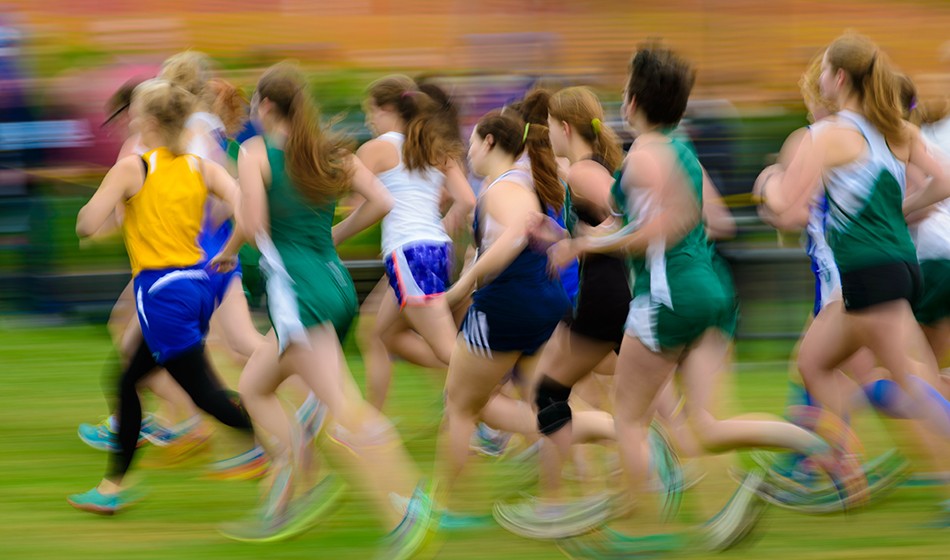
AW promotion
There are so many adages and aphorisms in English – and almost certainly in every other language too – that deal with the idea that the more you do something, the better you get. It’s certainly a concept that has become almost instinctive by this point. If you want to be the best, you’ve got to practice harder, for longer, than your rivals. It’s hard work, and at times it’s likely to make you want to quit – but that’s when you must double down and train even harder. Your reward will be the shelves full of medals and trophies that you can look back on in years to come.
As time goes on, though, a groundswell has started to form behind the idea that perhaps that mindset is not helpful to athletes, particularly younger ones. There are flaws in the logic anyway – some athletes are more naturally gifted and can win without the same tough schedule – but even if it did hold true, is it a desirable way to achieve success? The issue of burnout is one that many within athletics, and sports in general, are reluctant to address. But it is something we must address because the repercussions of not doing so can be devastating.
Why does burnout happen?
There is an impression that burnout and exhaustion are synonymous terms, and while they have a lot in common, the truth is a little more nuanced. Burnout is a condition that affects people in mental and physical ways that are all-encompassing, and it happens most commonly in people who can’t switch off that perfectionist voice that tells them they can do everything better.
It is often felt that in order to become good enough to compete at the top level, young athletes must improve as much as they can while they are still developing. At a time when their peers are dealing with the already tough experience of adolescence, young athletes are having to cram in training sessions alongside that. Also, at their young age, they are at particular risk of injury.
What does burnout do to an athlete?
It is increasingly common for young athletes to fall out of love with their sport because the joy that they felt running when they were children is replaced by a schedule that has little room for joy. Even racehorses are given time off to recover before they are due to run in the Grand National. The rewards for being a world-class athlete are potentially huge, and it’s understandable that training should be directed towards optimising performance. But take a look at Usain Bolt – is that an athlete who laid aside what made him happy in order to improve? No, he maintained an element of relaxation and became the fastest human ever.
How do you avoid burnout?
Seeing the signs of burnout and taking timely action is the first thing that athletes and their trainers need to be conscious of. The signs are often mental before they become physical. Unreasonable perfectionism is a red flag; not every race will bring a PB, and not every PB will carve big chunks off the previous mark. Lack of joy in one’s achievements can also be a warning. If a young athlete wins a race, they should be delighted, not immediately concerned with how they could have won by more. Most of all, avoiding burnout is about setting a reasonable schedule to begin, and tightening or loosening it depending on what is healthy for the specific athlete.
Athletes sometimes perform superhuman feats, and this can make us forget that they are human. Remembering that, and accounting for it, is how we ensure that they both perform to their peak and enjoy the relatively short career that athletics offers them.















 Phone: (800) 737. 6040
Phone: (800) 737. 6040 Fax: (800) 825 5558
Fax: (800) 825 5558 Website:
Website:  Email:
Email: 






